#anthony dawson
Photo

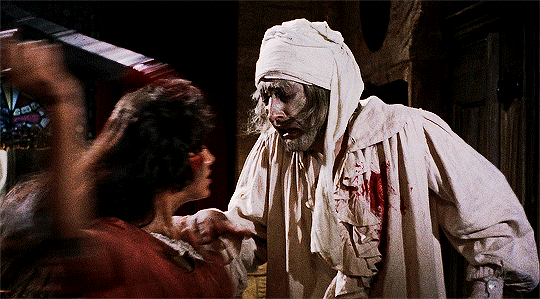




The Curse of the Werewolf (1961) dir. Terence Fisher
#the curse of the werewolf#filmedit#horroredit#classichorrorblog#userbrittany#hammer horror#my gifs#yvonne romain#terence fisher#anthony dawson#horror#horror movies#movies#1960s#tw blood#this is on svengoolie right now
283 notes
·
View notes
Text
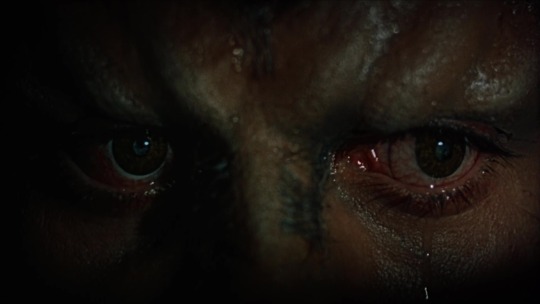

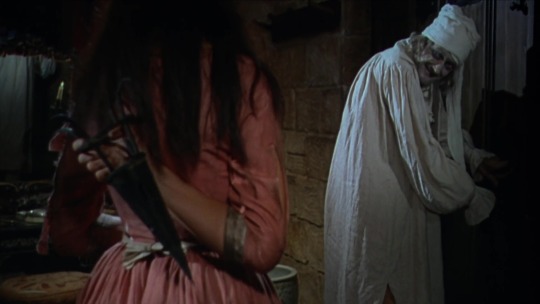

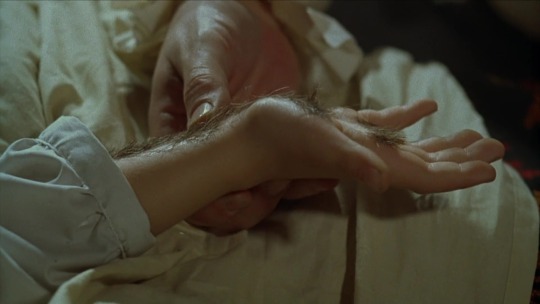

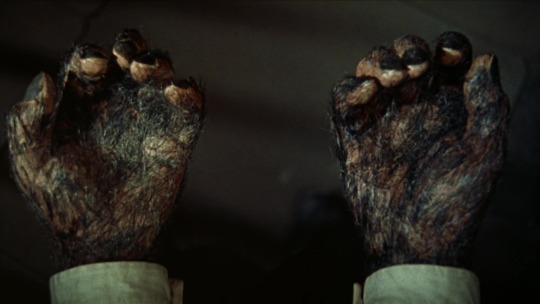



The Curse of the Werewolf | Terence Fisher | 1961
26 notes
·
View notes
Text

Boris Karloff in The Haunted Strangler (Grip of the Strangler, 1958).
#grip of the strangler#the haunted strangler#boris karloff#anthony dawson#1950s movies#robert day#horror
34 notes
·
View notes
Text


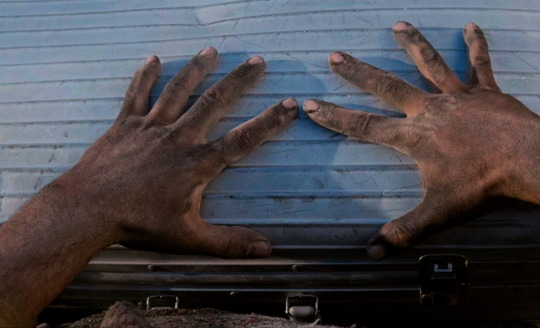
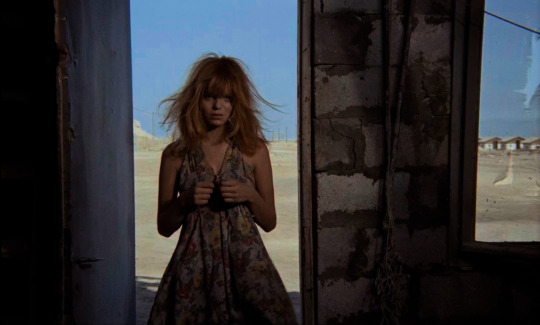

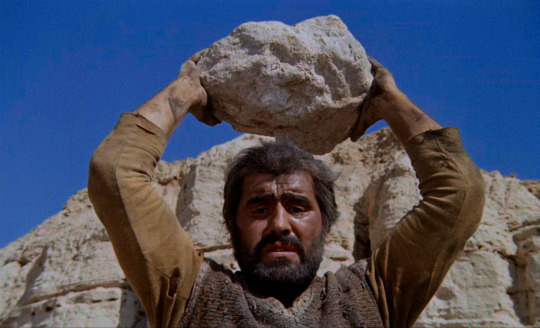
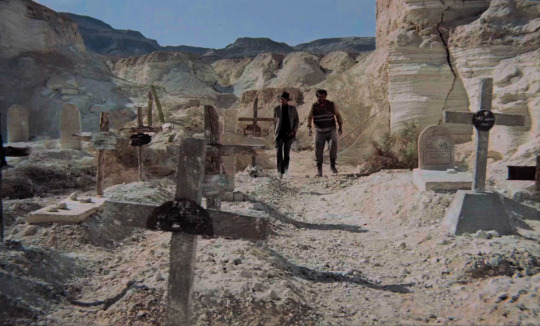
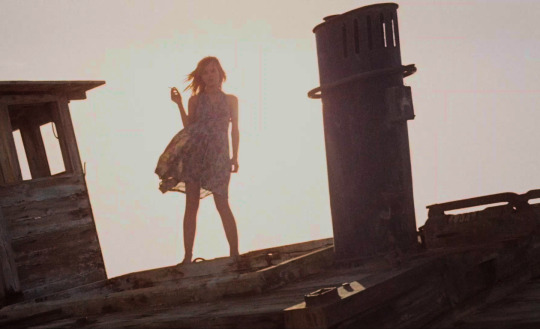
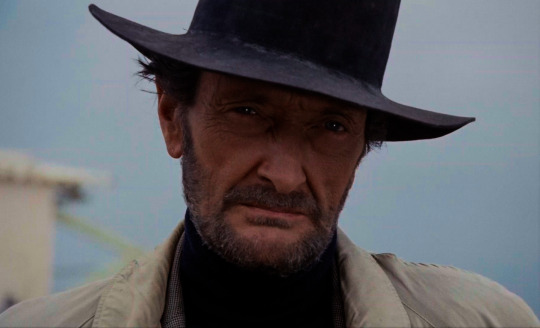

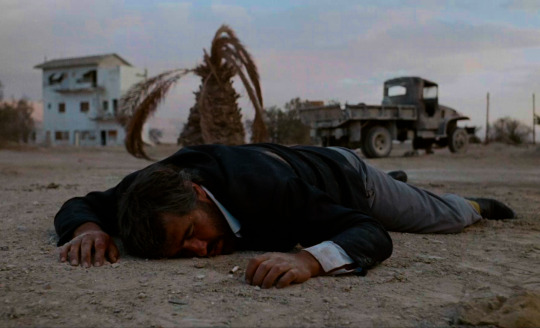
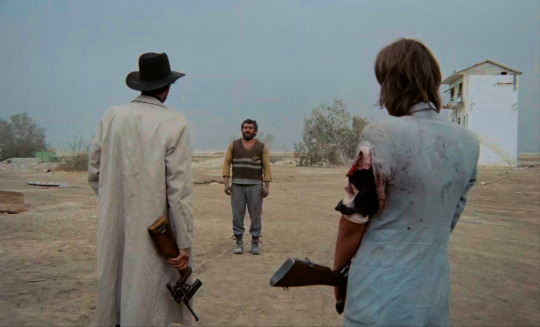

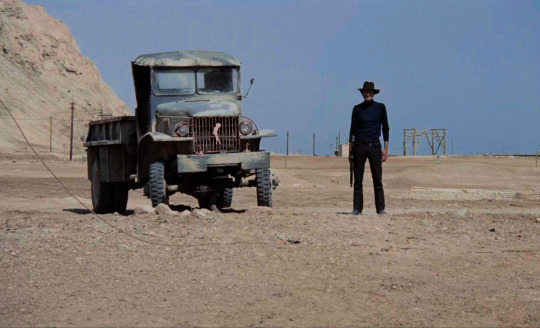

Deadlock (1970)
6 notes
·
View notes
Text

Dr. No (1962)
Starring:
Sean Connery, Ursula Andress, Jack Lord, Joseph Wiseman, Anthony Dawson, Zena Marshall, John Kitzmiller, Eunice Gayson, Bernard Lee
Directed By:
Terence Young
Genre:
Action/Adventure
Rating:
PG
Run Time:
1 Hour 50 Minutes
Release Date:
5 October 1962 (United Kingdom)
8 May 1963 (United States)
Synopsis:
In the film that launched the James Bond saga, Agent 007 (Sean Connery) battles mysterious Dr. No, a scientific genius bent on destroying the U.S. space program. As the countdown to disaster begins, Bond must go to Jamaica, where he encounters beautiful Honey Ryder (Ursula Andress), to confront a megalomaniacal villain in his massive island headquarters.
#27 days of james bond#007#james bond 007#james bond#27 days of 007#sean connery#ursula andress#joseph wiseman#jack lord#anthony dawson#zena marshall#john kitzmiller#eunice gayson#bernard lee#terence young#dr no#day 01
8 notes
·
View notes
Text
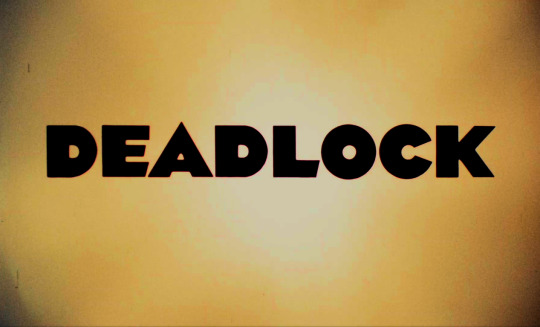
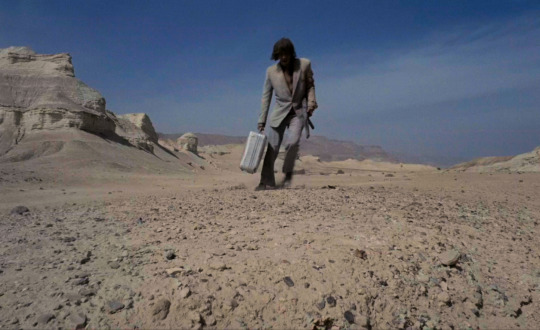
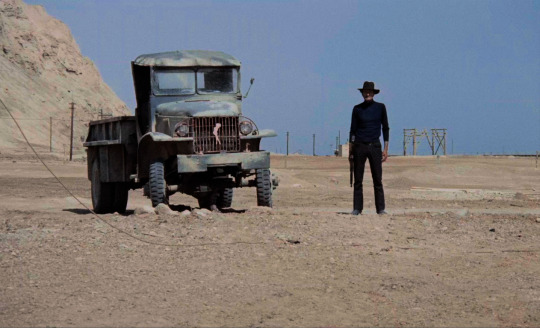
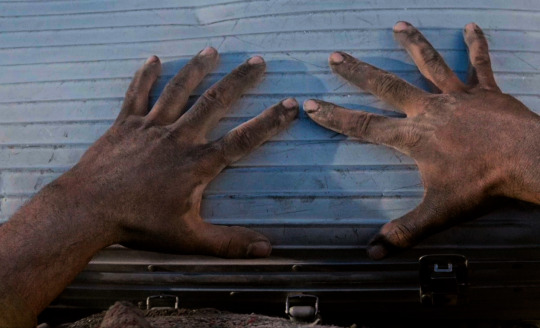



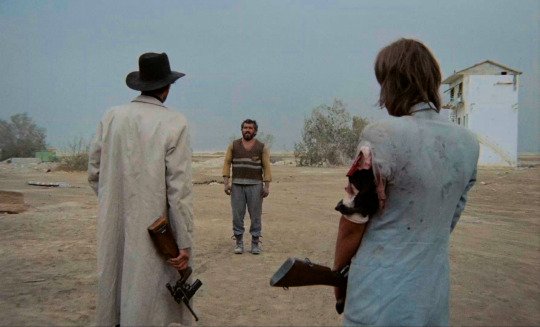


2 notes
·
View notes
Text

Grace Kelly on the set of Dial M for Murder with Alfred Hithcock and Anthony Dawson.
16 notes
·
View notes
Text

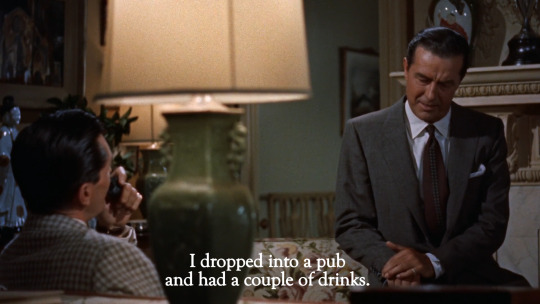




DIAL 'M' FOR MURDER (1954)
Dir. Alfred Hitchcock
Scr. Frederick Knott
#dial m for murder#1954#filme#film#hitchcock#alfred hitchcock#frederick knott#ray milland#anthony dawson
17 notes
·
View notes
Photo
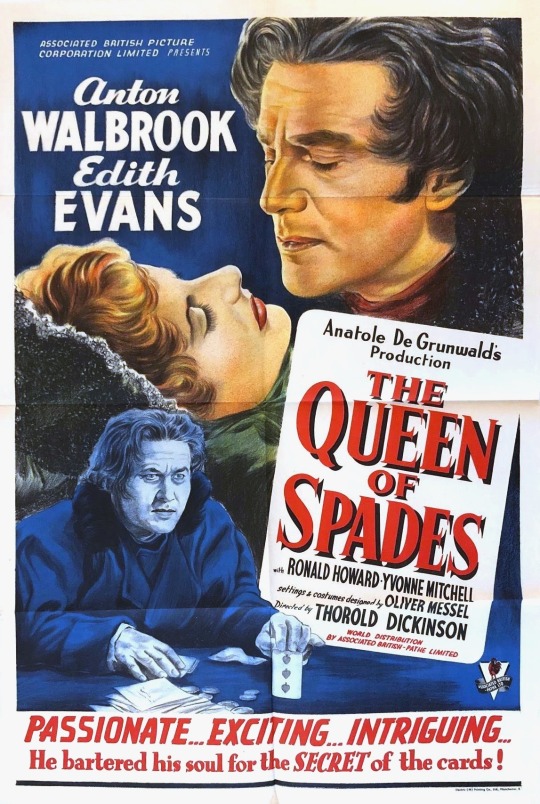



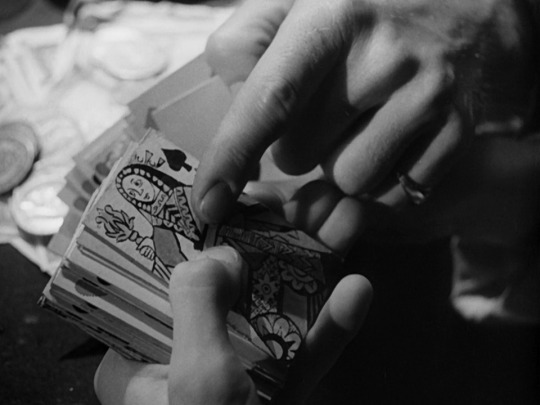


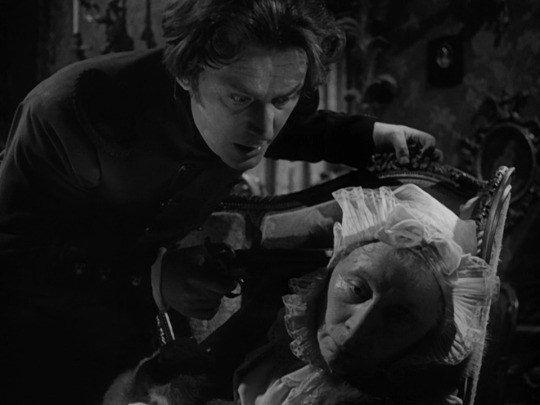


The Queen of Spades (1949, Thorold Dickinson)
1/19/23
#The Queen of Spades#Anton Walbrook#Edith Evans#Yvonne Mitchell#Ronald Howard#Mary Jerrold#Anthony Dawson#Miles Malleson#Michael Medwin#Athene Seyler#Ivor Barnard#Alexander Pushkin#40s#drama#book adaptation#horror#psychological#faustian#gambling#guilt#aristocrats#18th Century#Russia#cards#madness#supernatural#British
19 notes
·
View notes
Photo

Anthony Dawson (pictured) stood in as James Bond for the screen tests done with all the actresses at Pinewood studios (including the bedroom scene in Turkey) for the movie From Russia with Love.
Dawson also performed the role of Blofeld in From Russia with Love (although you only see his hands in the movie, and I believe they used another actor for the voice).
He played the role of Professor Dent in the previous James Bond movie, Dr. No.
7 notes
·
View notes
Text
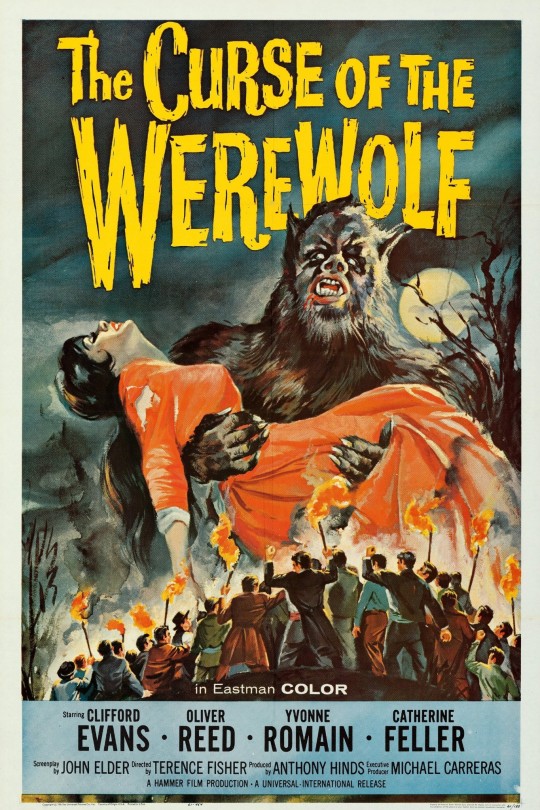



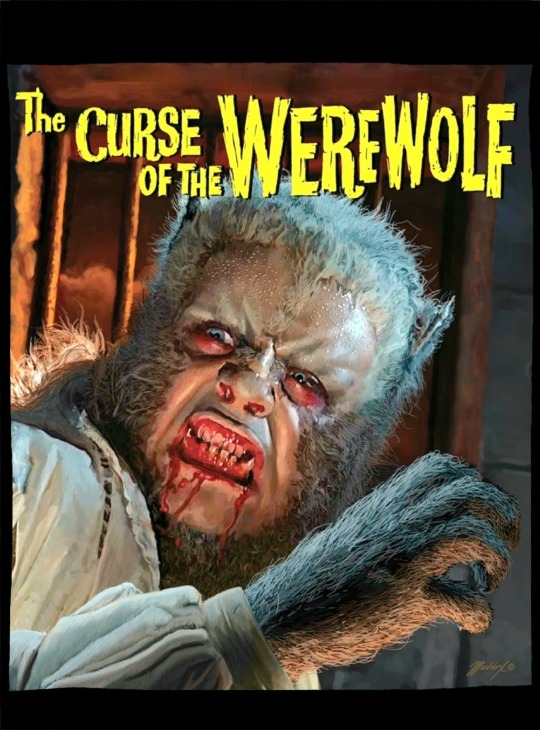


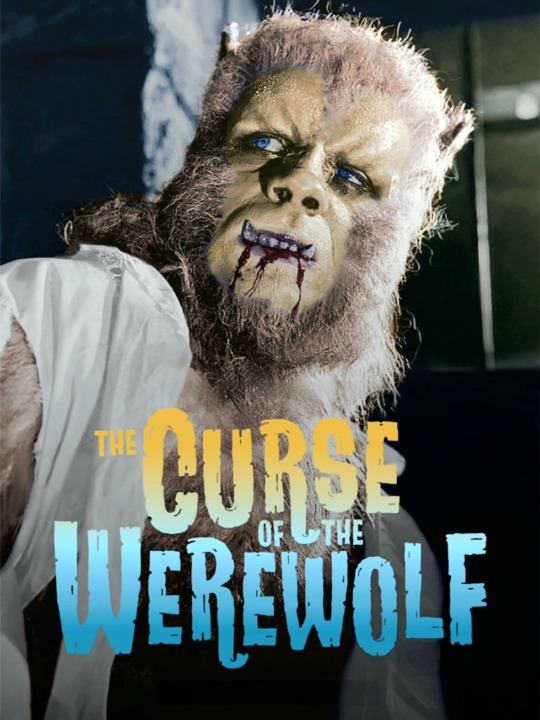
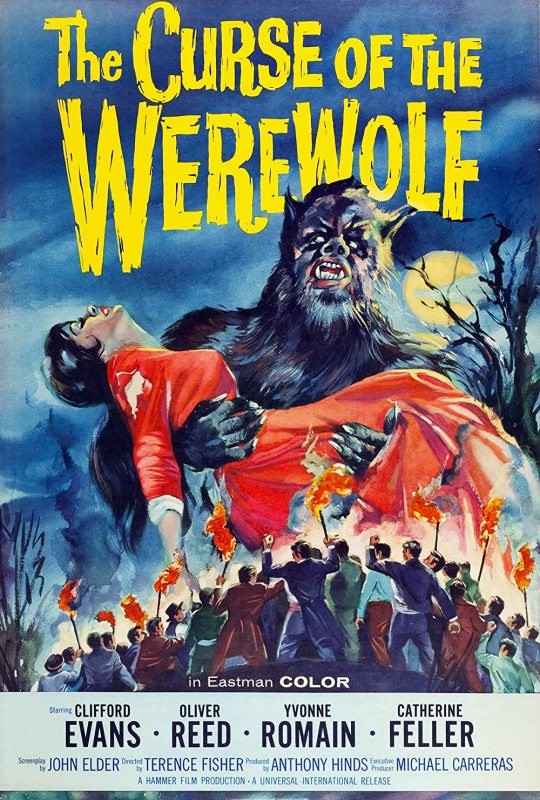
W A T C H I N G
#THE CURSE OF THE WEREWOLF (1961)#OLIVER REED#CLIFFORD EVANS#YVONNE ROMAIN#CATHERINE FELLER#HAMMER HORROR#Anthony Dawson#Richard Wordsworth#George Woodbridge#Warren Mitchell#Michael Ripper#Desmond Llewelyn#werewolf movie#horror#Watching
12 notes
·
View notes
Text
Dial M for Murder


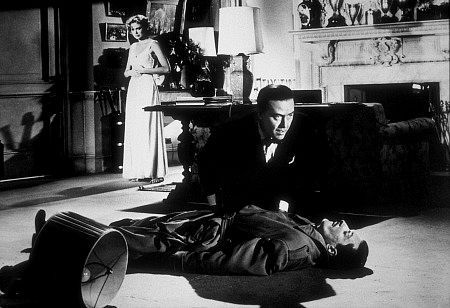
With Jack Arnold’s IT CAME FROM OUTER SPACE (1953), Alfred Hitchcock’s DIAL M FOR MURDER (1954, TCM, Tubi) is one of the only films from the early 3D craze to use the format artistically. Both avoid arbitrarily shoving objects in the audience’s faces (how many of us have nightmares about that damned paddleball in HOUSE OF WAX?). But where Arnold uses 3D to emphasize the vast emptiness of the desert, Hitchcock uses it to underline his film’s claustrophobic action, set almost entirely in the flat shared by retired tennis pro Ray Milland and his heiress wife, Grace Kelly. This account of a jealous husband plotting the perfect crime twice to keep control of his wife’s estate may not be the perfect thriller, but with Hitchcock directing, it’s hard to spot any plot holes (feel free to suggest them in the comments). The only noticeable instance of his shoving something at the audience is Kelly’s outstretched hand as she’s being strangled, and who could object to getting that close to those lovely digits as long as she’s not reaching for an Oscar she didn’t deserve. We’re so used to thinking of Hitchcock in terms of his great, near silent montages it’s a revelation to see how well he breaks up long dialog scenes, particularly Milland’s blackmailing former school chum Anthony Dawson into killing Kelly for him. Milland wisely plays against the villainy of the role. He brings his years of experience doing light comedy to bear on the role, and it works. He’s matched by John Williams’ droll playing as the chief inspector on the case. As Kelly’s secret lover, Robert Cummings has some light romantic moments, but he’s got a little more heavy drama to pull off, and to his credit, he doesn’t overdo it. Kelly’s best moments are silent. She looks delicious, but her big breakdown after the killing has dated badly. There’s a fascinating artificial quality to the film, partly because Hitchcock and Frederick Knott, who wrote the original play and the screenplay, haven’t done much to open up the material. There are some bad process shots on the few exteriors, like Cummings’ arrival by ocean liner, that fit into this. There’s also a cheery quality to Dimitri Tiomkin’s opening title music that seems to be telling us that we’re not about to see anything resembling real life. As a work of artifice, highlighting the plot’s mechanical construction (every important prop is painstakingly planted so even the dimmest audience members can’t miss it), the film seems to suggest that the beauty of the well-made plot is an illusion to disguise the chaotic nature of existence so prevalent in Hitchcock’s films.
2 notes
·
View notes
Text



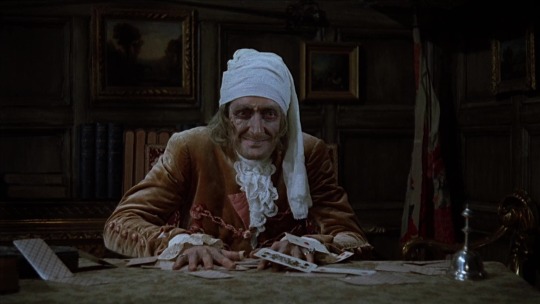
The Curse of the Werewolf | Terence Fisher | 1961
Anthony Dawson
25 notes
·
View notes
Text
Dial M for Murder (1954)
In London, wealthy Margot Mary Wendice had a brief love affair with the American writer Mark Halliday while her husband and professional tennis player Tony Wendice was on a tennis tour. Tony quits playing to dedicate to his wife and finds a regular job. She decides to give him a second chance for their marriage. When Mark arrives from America to visit the couple, Margot tells him that she had…

View On WordPress
2 notes
·
View notes
Photo

Anthony Dawson and Grace Kelly in Dial M for Murder (Alfred Hitchcock, 1954)
Cast: Ray Milland, Grace Kelly, Robert Cummings, John Williams, Anthony Dawson, Leo Britt, Patrick Allen, George Leigh, George Alderson, Robin Hughes. Screenplay: Frederic Knott, based on his play. Cinematography: Robert Burks. Art direction: Edward Carrere. Film editing: Rudi Fehr. Music: Dimitri Tiomkin.
It's a measure of how little Hollywood understood what kind of filmmaker Alfred Hitchcock was that Warner Bros. insisted he make Dial M for Murder in 3-D. The process was nearing the end of its '50s heyday, one of the several attempts by the troubled studios to draw patrons away from their TV sets and into the theaters. The 3-D films of the '50s, like the blockbusters released in the process today, were mostly filled with things being flung, poked, thrust, or shot at the audience. As Hitchcock had a reputation as a "master of suspense," perhaps the studio assumed that he'd use the process to scare people. But he never needed tricks like 3-D for that, being perfectly skilled at pacing and cutting to build tension in the audience. Dial M ended up being shown mostly in 2-D anyway, and only some very peculiar blocking and framing in its images today show the efforts Hitchcock and cinematographer Robert Burks did to accommodate the moribund process: Scenes are often filmed with table lamps prominent in the foreground, for no other reason than to emphasize the action taking place beyond them. The scene in which Swann (Anthony Dawson) attempts to murder Margot (Grace Kelly) is the only bit of action that would have benefited from the process, with Margot's hand desperately reaching toward the audience for the scissors behind her. Dial M is essentially a filmed play -- Frederick Knott adapted his own theatrical hit for the movies -- and as such relies far more on dialogue and spoken exposition for its narrative coherence. It was the first of three movies -- the other two are Rear Window (1954) and To Catch a Thief (1955) -- that Hitchcock made with Kelly, and the one that gives her least to do in the way of characterization: Mostly she just has to be a pawn moved about by her husband (Ray Milland), her lover (Robert Cummings), and the police inspector (John Williams). But she clearly defined Hitchcock's "type," already partly established in his films with Joan Fontaine and Ingrid Bergman: the so-called "cool blond." Eva Marie Saint, Kim Novak, Tippi Hedren, and Janet Leigh would attempt to fill the role afterward, but never with quite the charisma that Kelly, a limited actress but a definite "presence," achieved for him. Milland is very good as the murderous husband, and Williams is a delight as the inspector who has to puzzle out what's going on with all those door keys. The rather goofy-looking Cummings has never made sense to me as a leading man -- he almost wrecks Saboteur (1942), an otherwise well-made Hitchcock film that might be regarded as one of his best if someone other than Cummings and the bland Priscilla Lane had been cast in the leads. It's not surprising that after his performance in Dial M he went straight into television and his own sitcom.
5 notes
·
View notes
Photo

Dr. No
19 notes
·
View notes